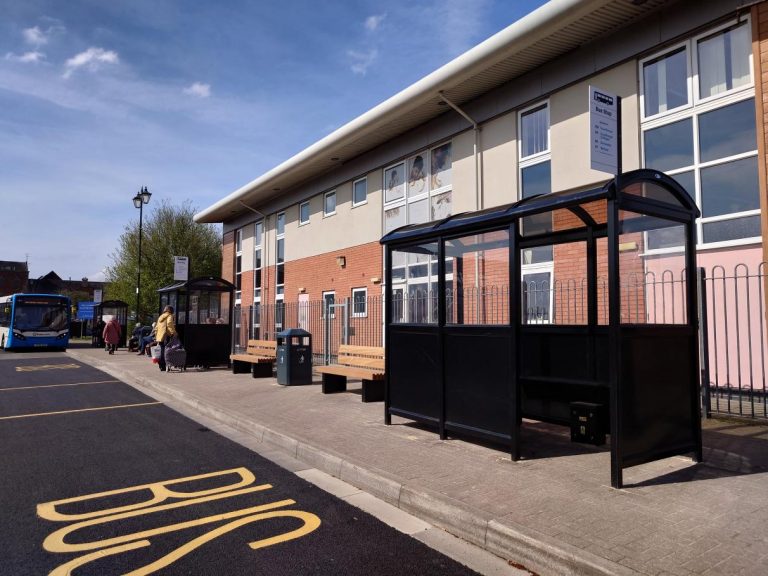- Bunions
- Big toe arthritis
- Lesser toe deformities
- Morton’s neuroma
- Midfoot arthritis
- Tendon disorders
- Heel pain
- Ankle sprains
- Sports injuries
- Neurological conditions of the foot
- Ankle arthritis
- Ligament damage
- Diabetic foot
Consultant orthopaedic foot and ankle surgeon welcomed to The Lincoln Hospital
Nostalgic sessions cooked up at Eccleshare Court
Give the birds a wide berth at the seaside, urges council
- Keeping to the designated footpaths
- Keeping dogs under control
- Staying away from the salt marsh and sand banks during watersports
- Respecting the ‘no-dog’ rule for the stretch of Cleethorpes beach between the North Prom and the Leisure Centre from Good Friday until the end of September.
Loan scheme offers chance to get ‘hands on’ with history
Lincoln Museum is ‘unboxing history’ with a selection of loan kits available to take away and enjoy at home or school.
Artists invited to ‘horse around’ for new sculpture trail
Two local NHS organisations come together as a group
Boston May Fair to offer sensory-friendly experience to families
New partnership to help Lincolnshire kidney patients
Thousands of people in Lincolnshire living with chronic kidney disease will be offered fuel poverty support and other targeted help through a new partnership launched between National Grid Electricity Distribution and Kidney Care UK.
The kidney patient support charity will help kidney patients and those with kidney failure not only understand what support it can offer but also help them sign-up to the electricity distribution company’s Priority Services Register (PSR).
Patients at drop-in clinics at renal units and kidney clinics in East Lindsey will be given information packs and told about how the PSR can provide assistance during power cuts, fuel poverty support and energy efficiency advice. The PSR is free to join for a range of people with additional needs, including those with chronic medical conditions, pensioners and those who rely on electricity to run medical equipment.
Kidney Care UK’s patient support services include free renal counselling, patient advocacy support in the community through 19 Advocacy Officers throughout the UK, hardship grants, holiday grants, hospital grants, and white goods grants. The charity also provides benefit application support as well as income maximisation and money and energy advice.
As well as boosting referrals of patients, Kidney Care UK will provide bespoke training for National Grid field and contact centre teams who support customers during power cuts – ensuring they can best understand and support the needs of kidney patients.
Nicki Johnson, of National Grid Electricity Distribution, said: “We are delighted to be joining forces with Kidney Care UK. This partnership will enable us to reach patients with kidney disease in Lincolnshire so they can benefit from our Priority Services Register and the additional free support this provides for people with extra needs.”
Laurie Cuthbert, Director of Fundraising, Marketing and Communications at Kidney Care UK, said: “This is an exciting relationship to transform the support that our kidney community will receive in Lincolnshire. We are pleased to be working in partnership to help support more than 17,000 people living with chronic kidney disease in the region to enable them to receive support appropriate to their condition.
“The partnership will allow Kidney Care UK and National Grid to raise greater awareness of chronic kidney disease more generally and will be supported by bespoke training for field and contact centre teams who support customers during power cuts, ensuring they can best understand and support the needs of kidney patients.”












